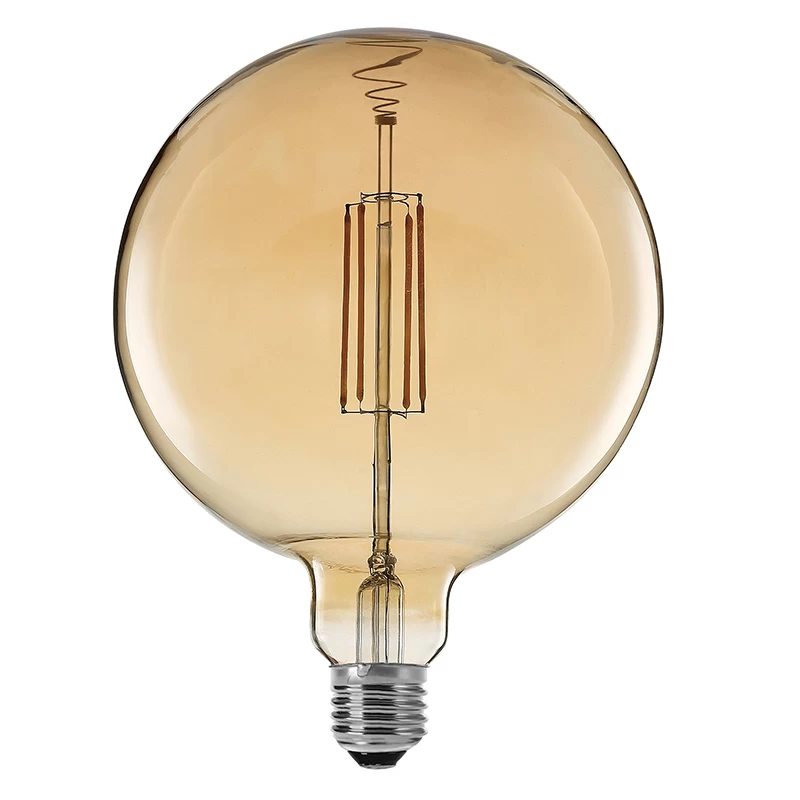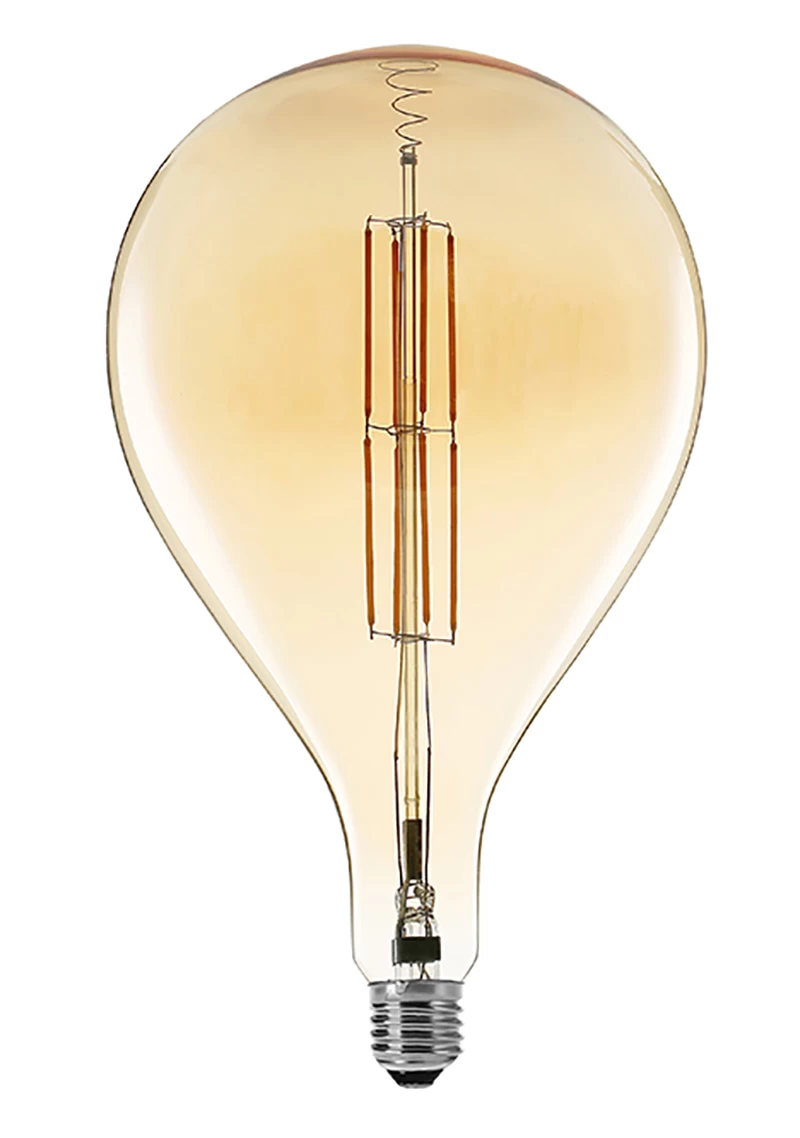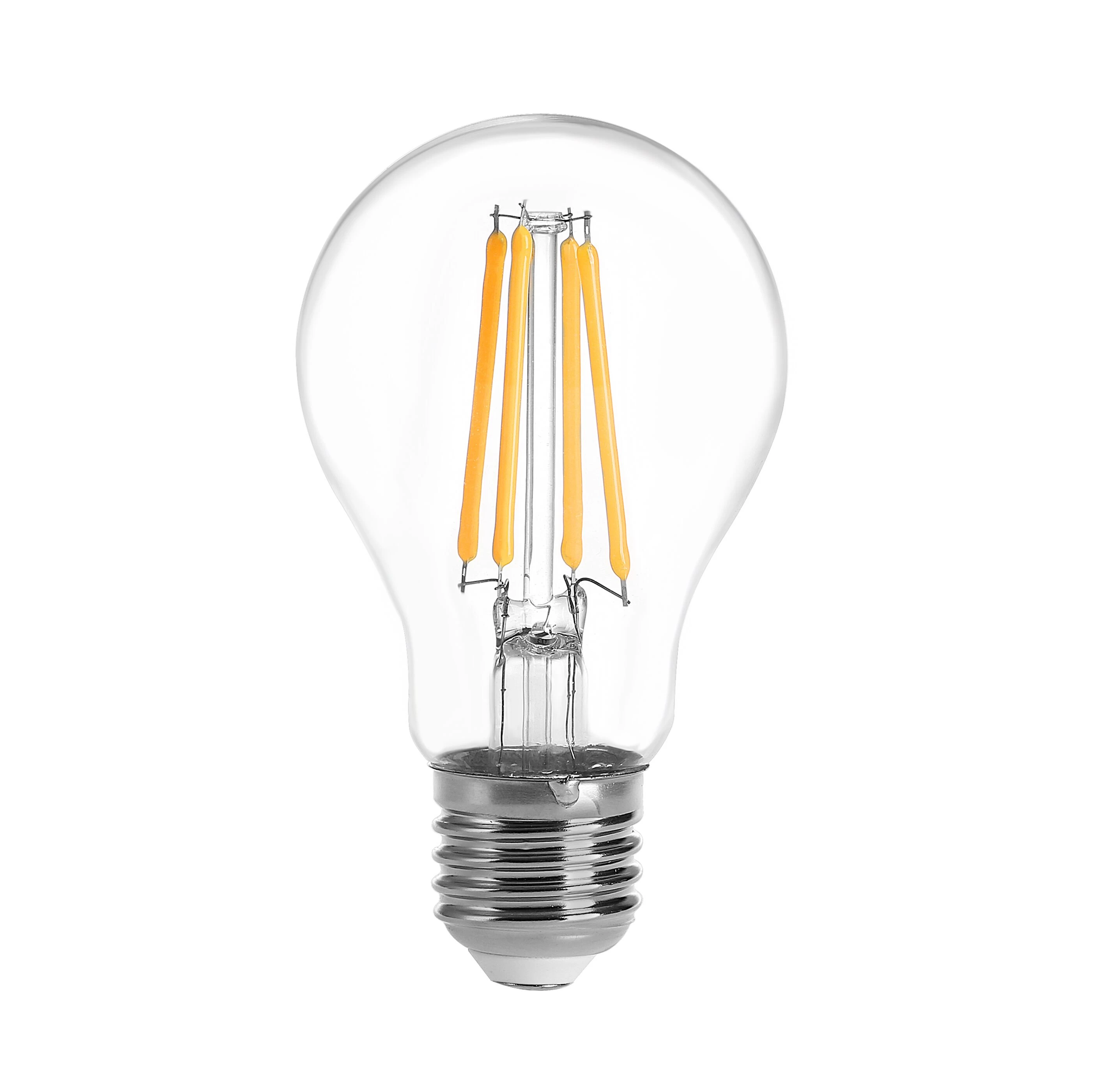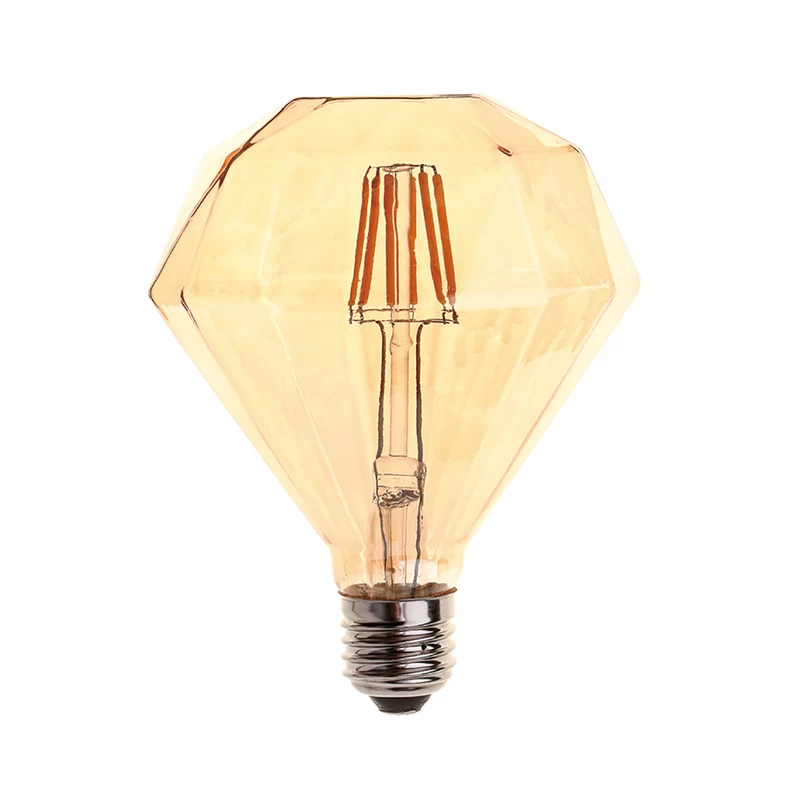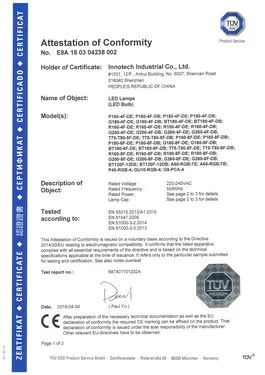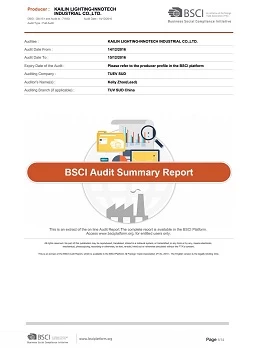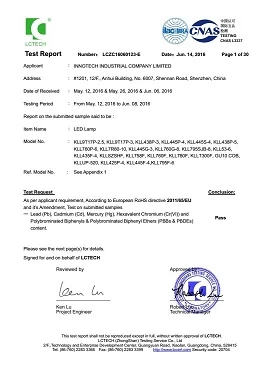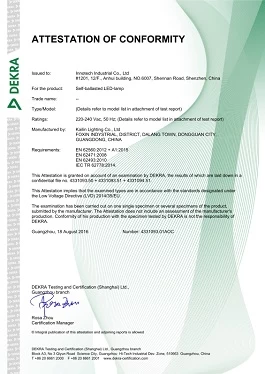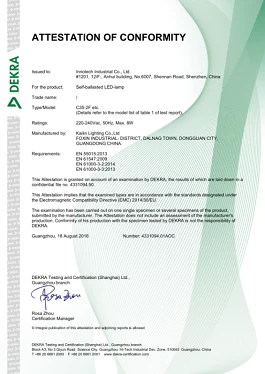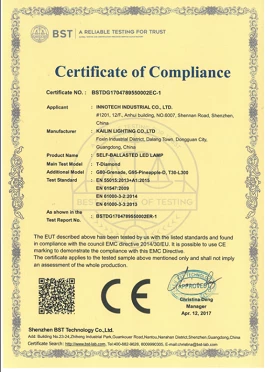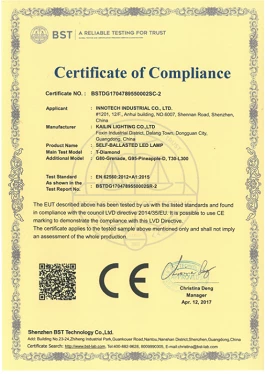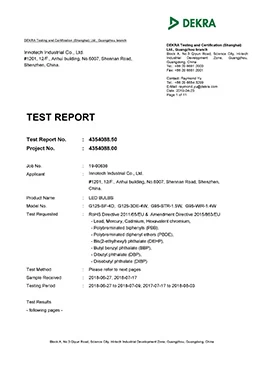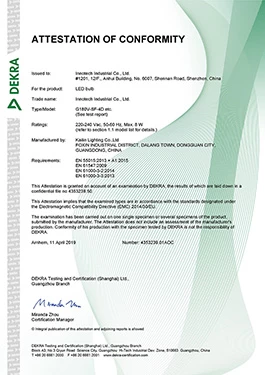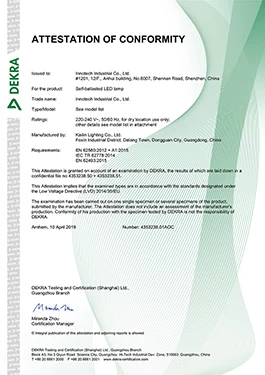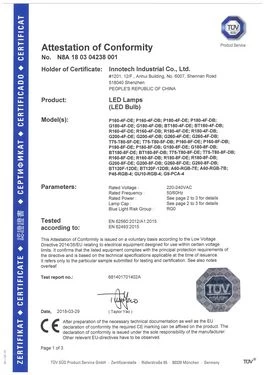LED lighting or falling into the impoverished growth curse, how to break?

An important prerequisite for impoverished growth is that the price elasticity of demand is small. When a country increases its exports due to technological advances or other factors, the price elasticity of demand is small, and the increased export volume cannot offset the loss caused by the price decline, which in turn leads to a decline in total exports.
If the condition of price elasticity of demand is small, even if it is not in the scene of international trade, sometimes the growth of the supply capacity of the industry is enough to bring about tragic consequences. Although this is not the original intention of impoverished growth in international trade theory, it also aptly describes the dilemma often encountered in industrial expansion.
That is, when the supply side increases in productivity, or advances in technology, or costs decrease, or other reasons, the result is an increase in supply capacity, that is, the supply curve shifts from S1 to S2. However, since the price elasticity of the buyer's demand is so small, the increase in supply is completely reflected in the price drop, but does not lead to an increase in sales.
The process of moving S1 to S2 is a real growth for the production department, but the actual market size is multiplied by the original OP0 multiplied by OQ* by OP1 multiplied by OQ*, ie the market size is from blue zone + red zone. Reduce to red zone. In layman's terms, the production capacity has expanded greatly from S1 to S2, but the operating income has lost a blue part. Is it tragic and not tragic?

LED Filament light Bulbs manufacturer
2. Long-term supply curve for the industry with decreasing costs
Usually we understand that the supply curve is tilted to the upper right like S1 in Figure 1. But in the long run, the shape of the supply curve depends on the direction of changes in the price of production factors caused by an increase in production in an industry. For example, in some industries, the increase in output has led to an increase in the demand for production factors. Due to the expansion of demand scale, not only does the price increase, but the cost is reduced due to the effects of economies of scale and learning curve, which in turn causes factor prices to fall. .
Then such an industry presents a long-term supply curve with a right lower slope, that is, the larger the demand and the lower the price, such an industry can be described as a cost-reducing industry.
In the industry where the Long Run Supply Curve (LS) is down, the decline in product prices usually stimulates new application scenarios, causing the industry demand curve to move from D1 to D2.

filament LED bulbs supplier china
At this point, we will see that the price of the product will drop sharply from P1 to P2, but at the same time, the sales volume of the product will also move from Q1 to Q2. Since LS itself is tilted downward, part of the sales increase (Q2-Q1) From the growth of demand (D2-D1), there is also a part of the slope from LS, that is, the increase in sales caused by price decline. The growth in market size (red area) brought about by the increase in demand compensates for the loss of price (blue area).
This sounds very much like the story that happened in the LED industry. Compared with 5 years ago, 10 years ago, the price of LED was less than 1/5 or even 1/10 of the original, but the scale of the industry continued to grow.
Because new demand has been driving market growth, the downward slanting LS curve continues to stimulate new demand. There are many industries with the downward tilting feature of the LS curve. Such industries are very good as long as they meet the conditions that the price reduction can continue to stimulate new demand. LEDs are like this, and the semiconductor manufacturing industry also has such characteristics.

 +
+




